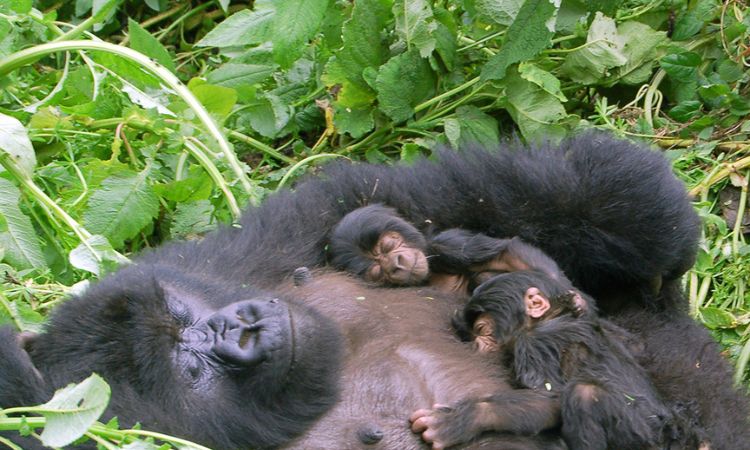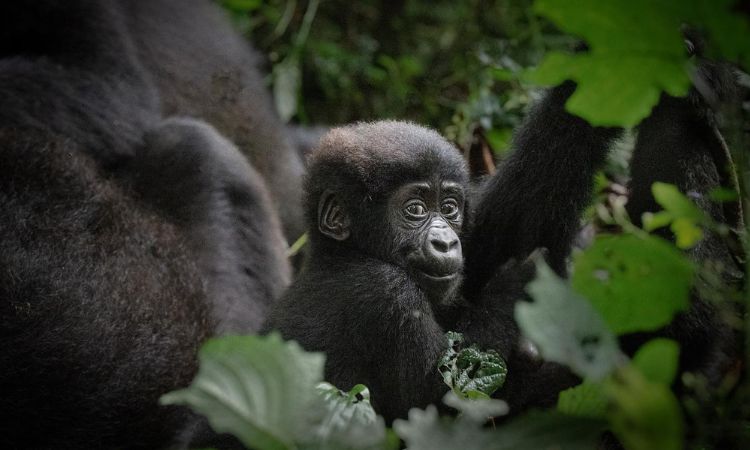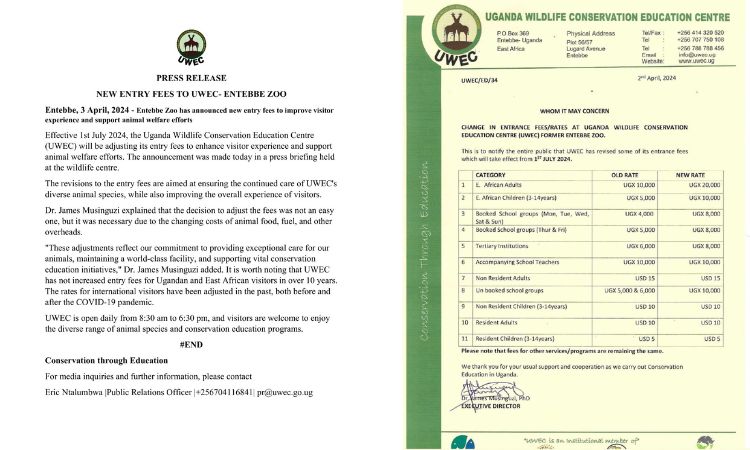Do Gorillas Give Birth Like Humans: 8 Amazing Facts to know
Do Gorillas Give Birth Like Humans: Learn how gorillas give birth, their gestation period, twin births, and similarities with human reproduction.
Gorillas, our closest relatives in the animal kingdom, share over 98% of human DNA, sparking curiosity about their reproductive behaviors.
Do gorillas give birth like humans? While there are striking similarities, such as vaginal births and strong maternal instincts, gorilla reproduction is uniquely adapted to their wild environment.
This guide explores how gorillas give birth to their young, the rarity of twin births, their gestation period, and how their mating and family life compare to humans.
How Do Gorillas Give Birth to Their Young?
Gorillas give birth in a way that mirrors human vaginal delivery, but the process is shaped by their natural habitat. A pregnant gorilla giving birth typically seeks a secluded spot, often at night, to ensure safety from predators.
In the wild, she may build a nest from leaves and branches for comfort. Unlike humans, who often rely on medical assistance, gorilla mothers deliver alone or with minimal help from their troop.
The labor process is relatively quick, lasting a few hours, and the newborn gorilla, weighing about 4–5 pounds (1.8–2 kg), is significantly smaller than a human baby.
Immediately after birth, the mother cleans her infant and encourages it to cling to her fur, fostering an instant bond. This maternal care is critical for the baby’s survival in the wild.
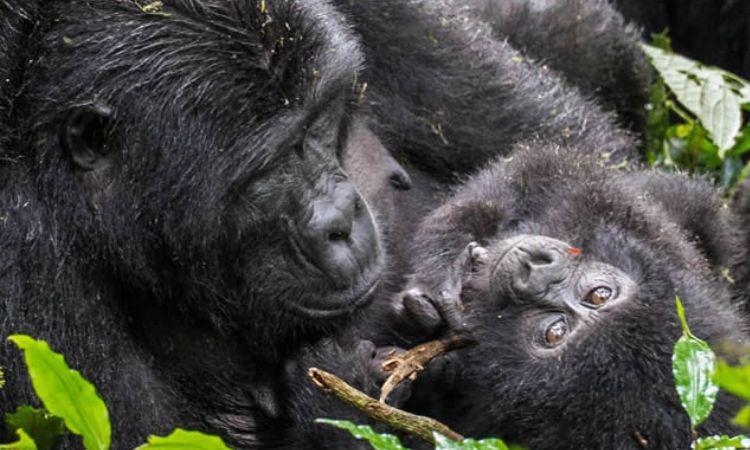
How Long Is a Gorilla Pregnant?
A gorilla’s pregnancy lasts about 8.5 months (255 days), slightly shorter than the human gestation period. During this time, the female’s body undergoes subtle changes, such as a growing abdomen and increased resting periods. Toward the end of pregnancy, she may exhibit nesting behaviors, preparing a safe space for delivery.
These adaptations ensure the infant’s safety in the wild, where threats like predators or rival gorilla groups are ever-present.
Comparing gorilla and human pregnancies highlights their shared primate traits, but gorillas’ shorter gestation and smaller newborns reflect their evolutionary adaptations to a life in the forest.
Pregnant Gorilla Giving Birth: The Process
A gorilla’s gestation period lasts approximately 8.5 months (around 255 days), closely resembling the human pregnancy duration of 9 months.
During pregnancy, female gorillas show subtle physical changes, such as a slightly swollen abdomen and slower movements as delivery nears. Some may exhibit nesting behaviors, preparing a comfortable space for labor.
Labor itself is typically straightforward, with fewer complications than human births. The newborn gorilla is born with a thin coat of fur and is entirely dependent on its mother
. For the first few months, the baby clings to the mother’s chest, nursing frequently and relying on her warmth and protection. This close bond mirrors human maternal care but is adapted to the gorilla’s rugged environment.
Gorilla Giving Birth to Twins
Twin births are exceptionally rare in gorillas, occurring in less than 1% of pregnancies. In the wild, twins face significant survival challenges due to the mother’s need to care for two infants simultaneously.
However, successful twin births have been documented, particularly in zoos with veterinary support. For example, in 1999, a western lowland gorilla named Kumbuka at the Howletts Wild Animal Park in the UK gave birth to twins, a rare and celebrated event.
When twins are born, the mother must divide her attention, which can strain her resources. Other troop members, including the silverback or older females, may assist by protecting or even carrying one of the infants. These cases highlight the strong social bonds within gorilla troops.
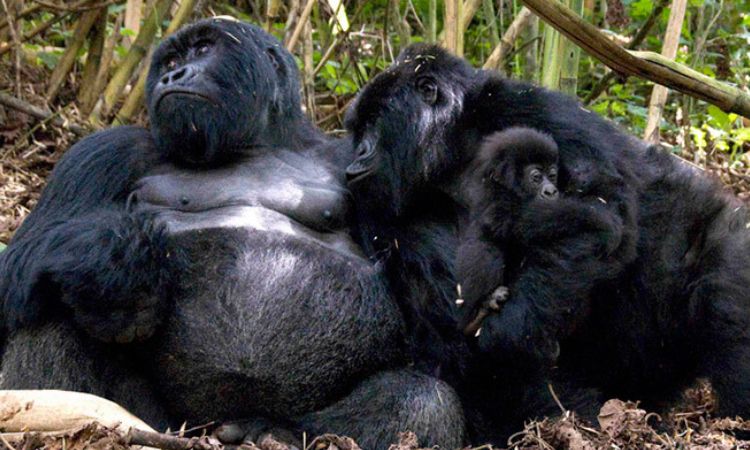
How Many Babies Do Gorillas Have in a Lifetime?
Female gorillas typically begin reproducing between 10 and 12 years of age, with a reproductive lifespan of about 20–25 years. They give birth approximately every 4–6 years due to the long period of maternal care required for each infant.
On average, a female gorilla may have 3–6 offspring in her lifetime, though this depends on factors like health, food availability, and environmental conditions.
In the wild, infant mortality rates can be high due to predation, disease, or human-related threats like poaching. Gorilla mothers invest heavily in each offspring, nursing them for up to 3–4 years and teaching them essential survival skills. This extended care limits the number of babies a gorilla can have compared to other mammals.
How Do Gorillas Give Birth in the Wild?
In their natural habitat, whether in the dense forests of Central Africa or the mountainous regions of Rwanda, a gorilla giving birth follows instinctual behaviors.
The mother often isolates herself from the troop to focus on delivery, though other group members may stay nearby, providing protection. The silverback, the dominant male, plays a key role in ensuring the safety of the mother and newborn.
After birth, the baby gorilla clings to its mother’s fur within hours, a critical adaptation for survival in the wild. Unlike human infants, gorilla babies develop quickly, gaining strength to climb and explore within months.
However, infant mortality remains a challenge, with estimates suggesting up to 30–40% of wild gorilla infants may not survive their first year due to environmental hazards or lack of resources.
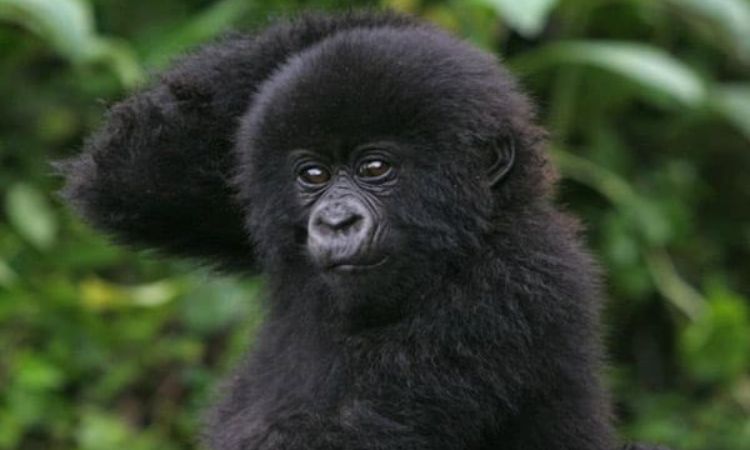
Do Gorillas Mate Like Humans?
The question of whether gorillas mate like humans often arises due to their genetic similarity to us. While gorilla mating can involve face-to-face contact in some instances, it differs significantly from human sexual behavior.
Gorilla mating is primarily driven by reproduction, not emotional or recreational intimacy. Females are fertile for only a few days each month, and mating typically occurs during this window.
The silverback, as the troop’s leader, usually has primary mating rights, though females may initiate mating by approaching him. Unlike humans, gorilla mating is brief and functional, with postures varying between face-to-face and rear-entry positions. The focus is on ensuring the survival of the species, not forming long-term pair bonds.
Conservation and Gorilla Family Life
Gorillas belong to four subspecies: Mountain, Eastern Lowland, Western Lowland, and Cross River. Each faces significant conservation challenges due to habitat loss, poaching, and disease. With populations as low as 1,000 for Mountain gorillas and fewer than 250 for Cross River gorillas, every birth is critical for species survival.
Gorilla family life is deeply social, with troops led by a silverback who protects and guides the group. Mothers form tight bonds with their infants, teaching them to forage, climb, and interact with the troop. Organizations like the Dian Fossey Gorilla Fund and WWF work tirelessly to protect these animals, ensuring safe habitats for gorilla births and family life.
FAQs: Your Gorilla Birth Questions Answered
Do gorillas give birth like humans?
Yes, gorillas give birth vaginally, similar to humans, but their labor is shorter and occurs without medical assistance in the wild.
How long is a gorilla pregnant?
A gorilla’s pregnancy lasts about 8.5 months (255 days), slightly shorter than a human’s 9 months.
How many babies do gorillas have in a lifetime?
A female gorilla typically has 3–6 babies in her lifetime, with births spaced 4–6 years apart.
Do gorillas mate like humans?
While gorillas may mate face-to-face occasionally, their mating is primarily for reproduction and lacks the emotional or recreational aspects of human intimacy.
Are gorilla births painful?
Gorilla births are likely less painful than human births due to shorter labor and smaller infant size, but mothers still experience discomfort.
How often do gorillas give birth to twins?
Twin births are extremely rare, occurring in less than 1% of gorilla pregnancies.
